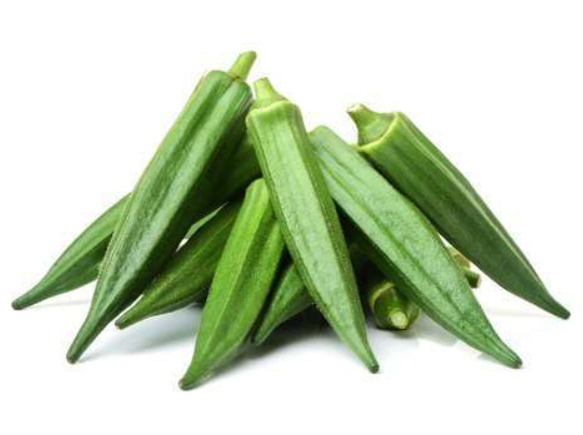India, renowned for its vibrant culture, diverse landscapes, and rich culinary heritage, has also emerged as a significant player in the global export market, particularly in the agricultural sector. Among the myriad of crops that grace its fertile soils, okra stands out as a versatile and sought-after commodity. With its growing popularity both domestically and internationally, the emergence of Okra Exporter in India has become a notable trend, contributing to the country's agricultural prowess on the global stage.
The Okra Phenomenon:
Okra, also known as ladyfinger or bhindi in India, is a staple ingredient in various cuisines worldwide. Its popularity stems from not only its distinctive flavor and texture but also its nutritional value. Rich in vitamins, minerals, and dietary fiber, okra has garnered attention for its numerous health benefits, including improved digestion, cholesterol reduction, and potential anti-diabetic properties.
In India, okra cultivation has a long-standing tradition, with farmers across the country cultivating it in both small-scale and large-scale operations. States such as Maharashtra, Andhra Pradesh, Karnataka, and Gujarat are among the leading producers of okra, owing to their favorable climatic conditions and agricultural practices conducive to its growth.
The Rise of Okra Exporters:
In recent years, the demand for Indian okra in international markets has witnessed a steady rise, fueled by increasing awareness of its nutritional benefits and versatility in culinary applications. This surge in demand has opened up lucrative opportunities for okra exporters in India, prompting many agricultural enterprises to venture into the export business.
One of the key factors driving the success of okra exporters in India is the country's adherence to strict quality standards and hygiene practices. Export-oriented farms and processing units prioritize the implementation of Good Agricultural Practices (GAP) and Good Manufacturing Practices (GMP) to ensure that the okra meets international quality benchmarks. This commitment to quality control has helped Indian exporters build a reputation for delivering premium-grade produce that meets the discerning standards of global consumers.
Moreover, the government's supportive policies and initiatives aimed at promoting agricultural exports have provided a conducive environment for okra exporters to thrive. Schemes such as the Agricultural and Processed Food Products Export Development Authority (APEDA) provide financial assistance, market intelligence, and infrastructure support to boost the export capabilities of agricultural enterprises, including those dealing in okra.
Challenges and Opportunities:
While the outlook for okra exporters in India appears promising, there are certain challenges that need to be addressed to sustain and enhance their competitiveness in the global market. One such challenge is the need to diversify export destinations and target new markets. While traditional markets like the Middle East, Europe, and North America remain lucrative, exploring emerging markets in Asia, Africa, and Latin America presents untapped opportunities for expansion.
Furthermore, enhancing post-harvest infrastructure and logistics capabilities is crucial for ensuring the freshness and quality of okra during transit. Investments in cold storage facilities, packaging technologies, and efficient transportation networks can help extend the shelf life of okra and minimize post-harvest losses, thereby enhancing the competitiveness of Indian exporters in the global market.
The Road Ahead:
As the global demand for healthy and sustainably sourced food continues to rise, the prospects for okra exporters in India look promising. By leveraging their agricultural expertise, adherence to quality standards, and access to supportive government policies, Indian exporters can carve a niche for themselves in the competitive global market landscape.
Furthermore, embracing technological innovations and adopting environmentally sustainable practices can further enhance the competitiveness and resilience of the Indian okra export industry. From precision agriculture techniques to eco-friendly packaging solutions, embracing innovation will be key to meeting the evolving demands of consumers and ensuring the long-term viability of okra exports from India.
In conclusion, the emergence of okra exporters in India underscores the country's growing significance as a key player in the global agricultural trade. With its rich agricultural heritage, commitment to quality, and entrepreneurial spirit, India is poised to make significant strides in meeting the burgeoning demand for okra worldwide, while contributing to the nation's economic growth and food security goals.
For more details, visit us:
Jaggery Cubes Exporters in India





Comments